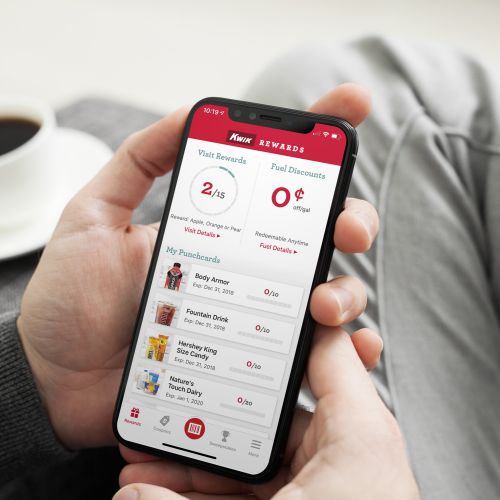How—and Where—to Start with Voice-Based User Interfaces (VUIs)
Your customers are using their voices. It’s up to you to capitalize on this insight and create voice-based experiences that substantially improve your users’ interaction with your products and services. Punchkick helps its clients answer critical where-to-play questions about the space and design and implement voice-based experiences for every available smart device, including:
- SiriKit on iOS 12
- Apple HomePod
- Amazon Echo
- Google Home
And, if you already have a digital product in the market, we can help you understand how voice-based features can differentiate your brand from the competition.
Read more about designing useful VUIs.
A Brief Oral History of VUIs
Before the advent of voice-controlled home hubs like Amazon’s Echo, Google’s Home, and Apple’s HomePod, smartphones were already paving the way for a new future of digital experiences: the age of the VUI, or voice-based user interface. This future recognizes many of the shortcomings of small screens, but more importantly, it appeals to the way we humans have been communicating for eons.
Hear Your Customer’s Voice
Companies that embraced this shift in consumer behavior have already seen huge gains, with much more to come. By 2020, researchers predict that more than half of US homes will own a smart speaker and that US consumers will spend a collective $40 billion shopping online with just their voice. Consider, too, that every nearly every active smartphone and tablet in the market will have a smart, voice-based assistant built into their operating systems.



